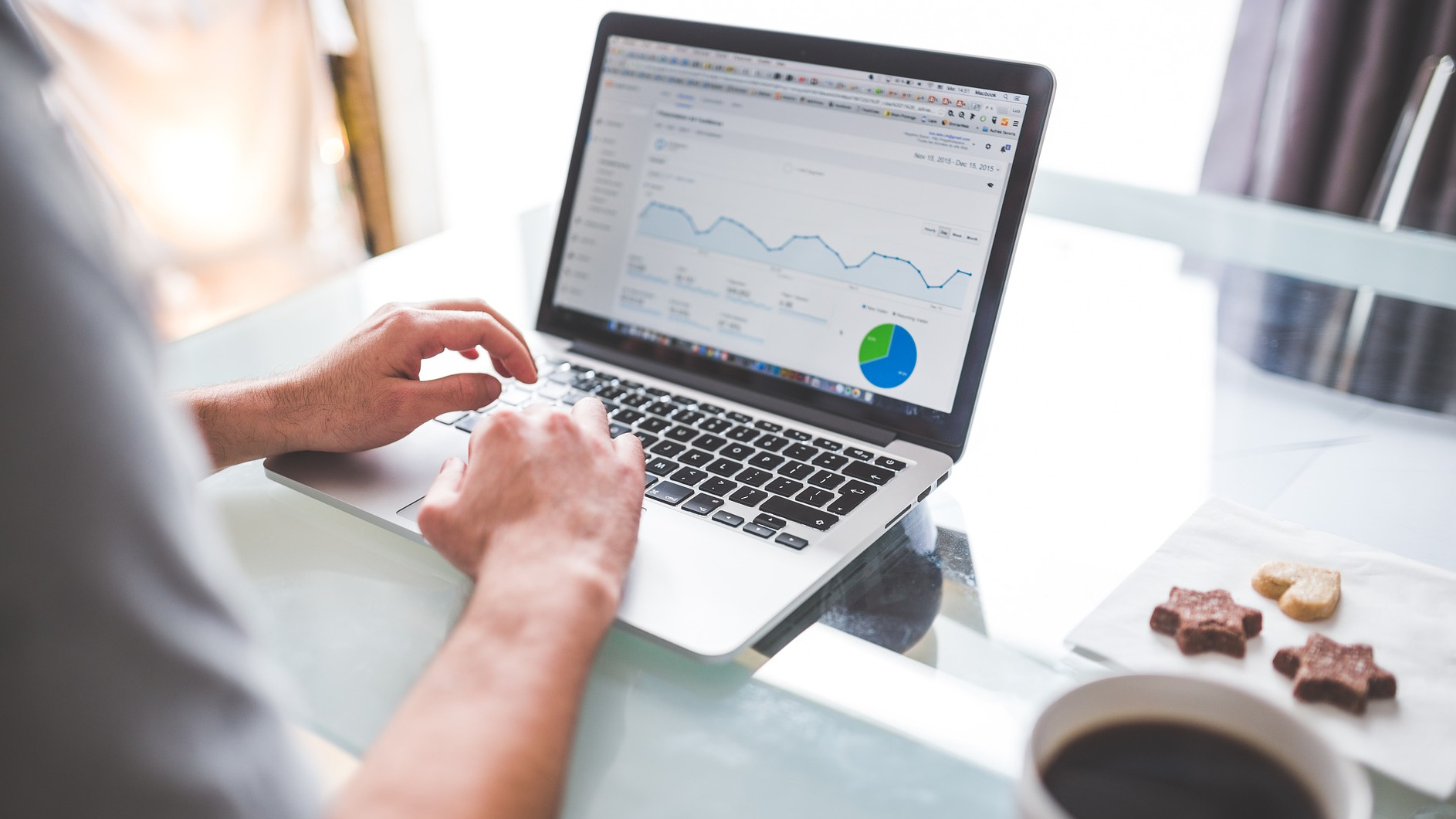Sponsored by Decodo
What is marketing monitoring and how is AI reshaping market sentiment analysis?
AI is taking marketing monitoring beyond metrics with sentiment analysis leading the change

Marketing monitoring is the process of analysing and monitoring marketing campaigns and market trends to understand their performance and impact on the business.
For example, let’s say an e-commerce clothing brand launches a social media marketing campaign through paid ads on Instagram and Facebook. Now, marketing monitoring would involve the process of analysing how these ads performed, the number of customers it was able to reach, the number of clicks they led to, and the amount of sales they generated.
At the end, a cost-benefit analysis is done comparing the overall cost of the marketing campaign and the revenue it brought in.
Google Analytics is a popular example that immediately comes to mind when you think about marketing monitoring. Traditional web analytics platforms like these help you track website visits, bounce rates, and conversion rates.
However, a key aspect that these traditional methods ignore is ‘context’. Marketing has gone beyond just numbers and ad campaigns and now involves complex sentiment analysis to identify trend changes before they happen, which cannot be achieved through outdated methods.
This is where artificial intelligence leverages Natural Language Processing (NLP) to reshape market sentiment analysis. Let’s see how.
Exclusive offer: get real-time data from any website with Web Scraping API
Start your 7-day free trial with 1K requests and scrape data with a click. Unlock 100+ ready-made scraping templates, 100% success rate, advanced geo-targeting, and automated IP rotation. Don’t miss out – collect data without CAPTCHAs or geo-restrictions.
TechRadar Pro Approved Sponsored Offer
How is AI changing marketing monitoring?
Here’s how AI has been reshaping modern marketing methods and approaches.
Analysing sentiments
Current AI models are smart enough to detect attributes such as tone, context, sarcasm, intent, and emotions behind reviews or social engagements through natural language understanding.
Traditional models can identify positive words such as ‘great’, ‘fantastic’, or ‘amazing’ and classify those reviews as positive feedback.
However, what if someone has left a review which reads: ‘Fantastic service, another seven-hour delay’. Now, traditional systems will look at the word ‘fantastic’ and think it is a positive review, but AI can pick up the sarcasm in this text and classify it as a negative one.
Plus, modern consumers use a lot of emojis while leaving feedback, which traditional tools aren’t capable of picking up.
However, AI models are trained on such emojis and can analyse the sentiment behind each one of them, giving you more relevant and filtered marketing data.
Tapping into unstructured data
More than 80 to 90% of all modern enterprise data is unstructured in the form of social media posts, memes, product photos, blogs, news, forums, and emails. Traditional tools cannot track this fast amount of unstructured data, something which AI models can do seamlessly.
For example, AI can use NLP to analyse the sentiments of various podcasts and YouTube reviews by interpreting gestures, audience responses, and comments.
Plus, these models can detect product logos, popular memes, and event images to distinguish between positive and negative PR.
Similarly, AI helps businesses move away from traditional semantic keywords to dynamic content planning by identifying trends and product positioning data.

Trend analysis
The real potential of this data is unlocked through extensive data analysis and insights.
AI has access to tons of data on past performance and real-time sentiments, which helps it predict future market trends and consumer behaviour. For instance, AI can analyse various Reddit forums and posts to identify trends before they become mainstream.
Similarly, it can dig into various reviews and find conclusions like ‘40% of negative reviews are about delayed deliveries’, suggesting that you improve your supply chain operations. This helps you quickly identify pain points and go back to the drawing board to fix potential issues.
Plus, advanced models can dig into detailed demographic data to find out which consumer segment has the highest rate of product acceptance, helping identify an appropriate product-market fit.
Or, AI can help you find out the best mode of marketing based on your target audience. For example, social media marketing through Instagram and TikTok might work effectively for the age group between 15 to 27.
These are just some examples of businesses that can use AI’s advanced analytical capabilities to develop an edge over their competitors.

Budgeting
Budgeting is not an obvious benefit that comes to mind when you think about AI-based marketing monitoring. However, real-time marketing insights can help you reshape your budget proactively without waiting for the next budgeting cycle.
Let’s say you have deployed an equal budget for marketing through three modes – Instagram, TikTok, and Facebook. Using AI, you can find out real-time matrices such as conversion rate and impact on sales through all three modes.
Let’s say, AI finds out that Instagram is producing 2x more conversions than Facebook. Using this information, you can reshape your budgeting strategies before, before waiting for the campaigns to end, data collection, and analysis.
This example shows how AI unlocks the power of real-time analysis, which helps you dynamically adjust your marketing strategies before your competitors.
Competitor analysis
Marketing is not just about your own campaign, goals, and performance tracking. Competitor analysis is also a huge part of marketing monitoring – something AI can help you with.
For instance, if a competitor has launched a new product and receives a lot of negative reviews about high prices, AI can suggest you tweak your own pricing structure to take advantage of the situation.
Or, AI can quickly identify when a competitor increases its marketing spending on a particular platform (say, Instagram), suggesting an early demographic shift.
You can keep an eye on marketing campaigns of your rival businesses and study their KPIs to plan your own marketing strategy with the help of AI.
Final words
Marketing is probably the most dynamic aspect of any industry, which is equally crucial for a business's success.
And AI is changing the obsolete marketing monitoring methods to a real-time intelligence system with more accuracy.
Not only can you tap into a large chunk of unstructured data, but AI also derives actionable insights that help you with proactive decision-making.
From sentiment and trend analysis to real-time budgeting reallocations, AI is reshaping modern marketing monitoring faster than you think.
Sign up to the TechRadar Pro newsletter to get all the top news, opinion, features and guidance your business needs to succeed!
Krishi covers buying guides and how-to's related to software, online tools, and tech products here at TechRadar. Over at Tom's Guide, he writes exclusively on VPN services. You can also find his work on Techopedia and The Tech Report. As a tech fanatic, Krishi also loves writing about the latest happenings in the world of cybersecurity, AI, and software.
